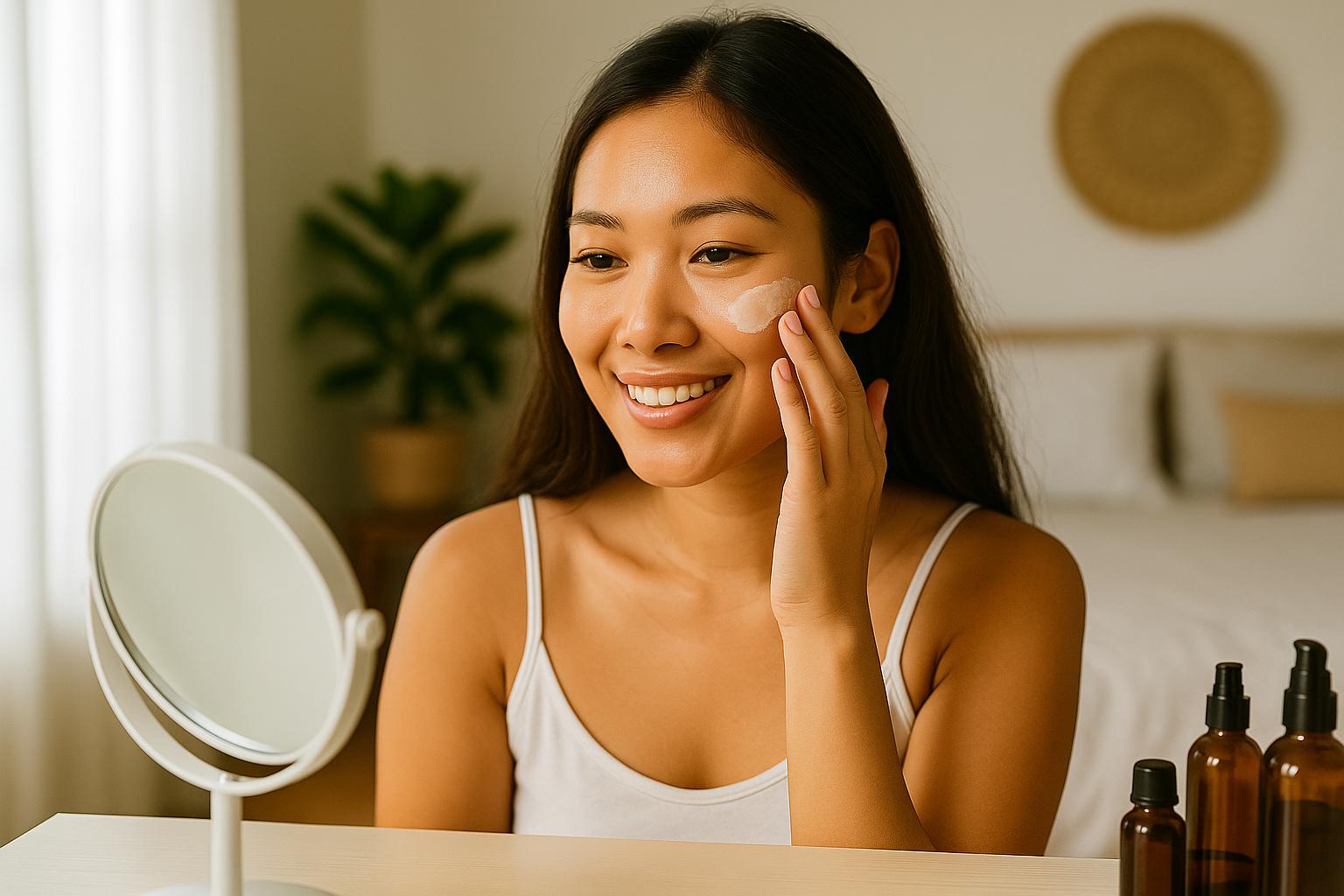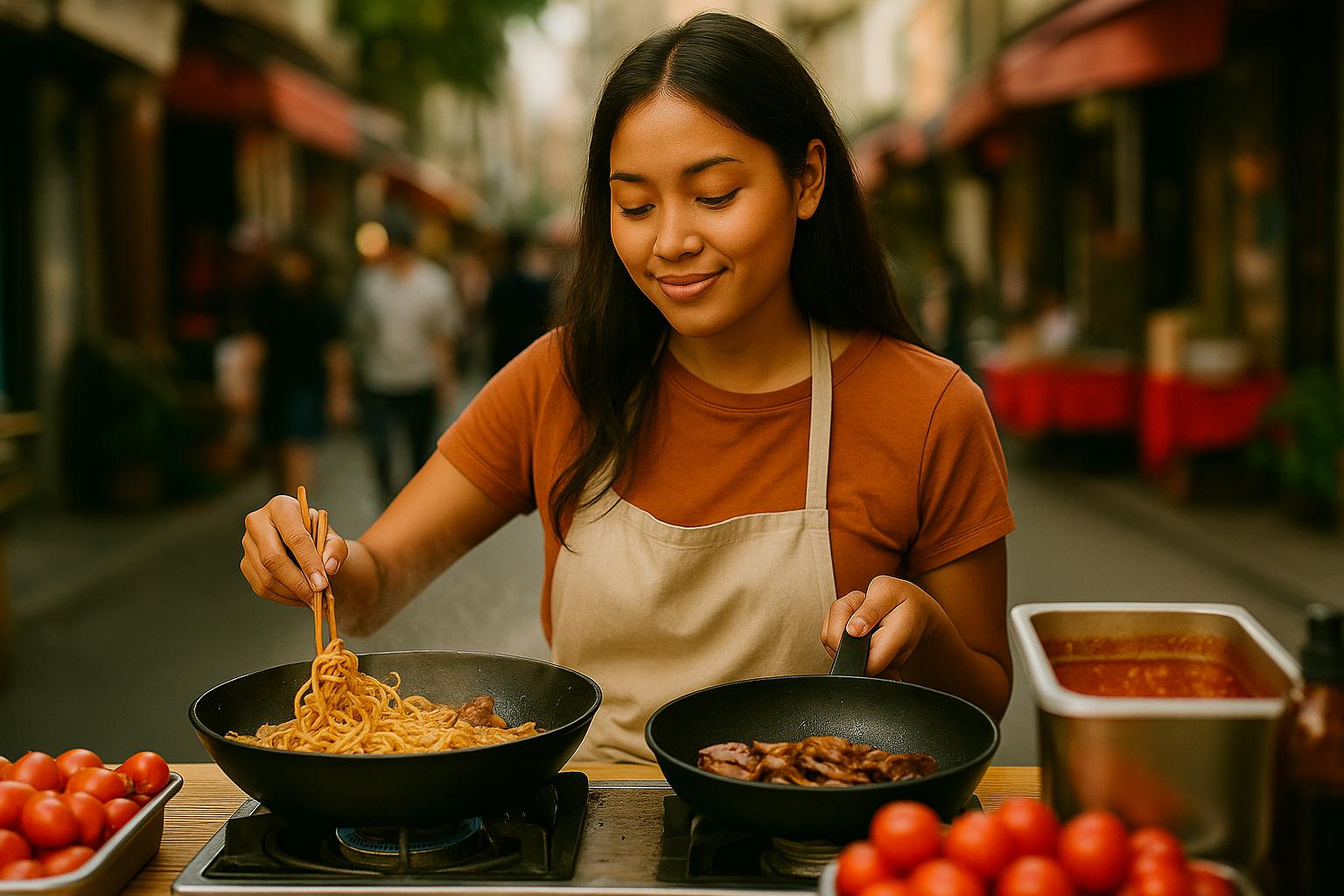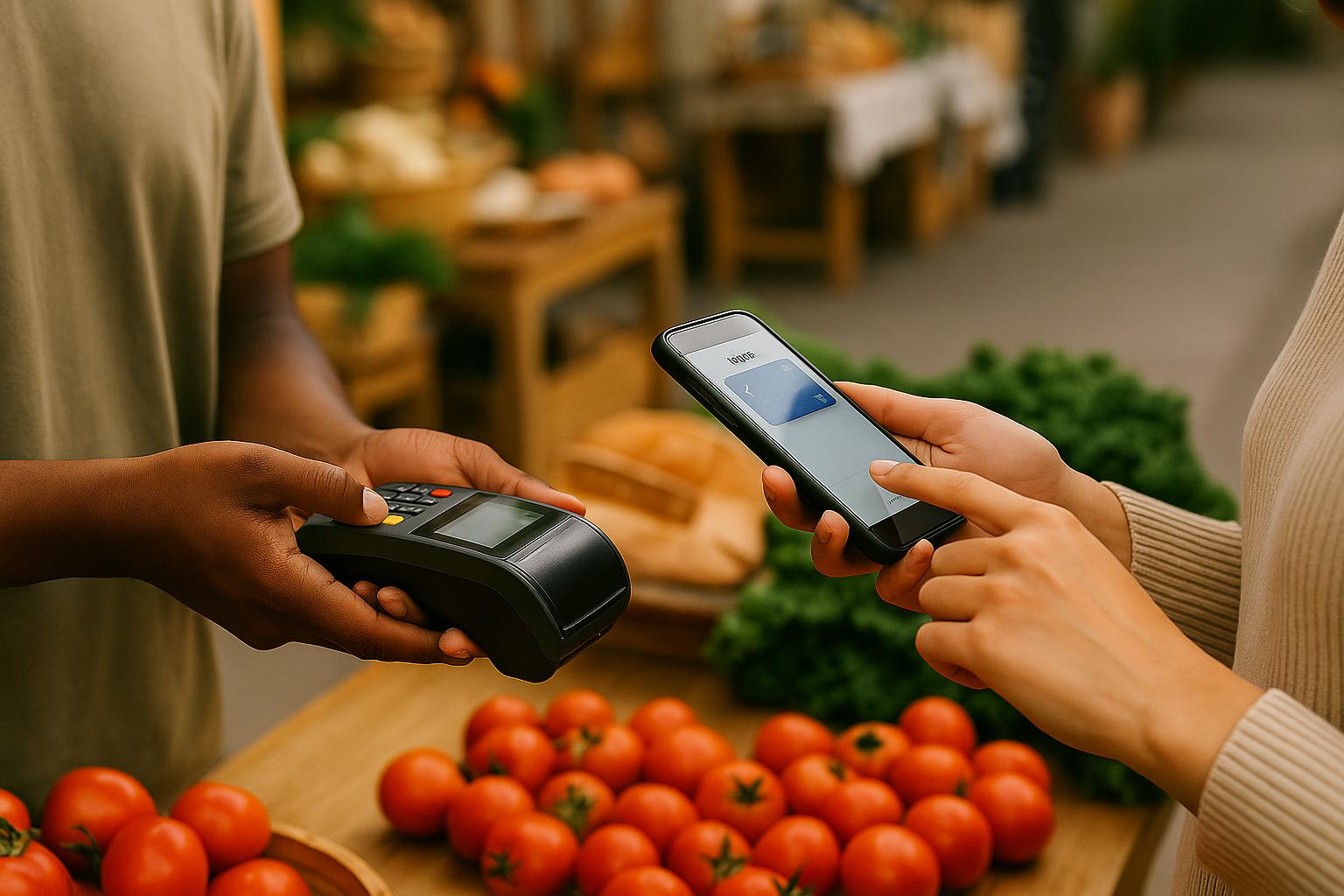Why Nano-Influencers Are the Growth Drivers You Can’t Ignore
If you still think you need a celebrity to make a sale, think again. In emerging markets such as Africa, Southeast Asia, and Latin America, it’s nano-influencers, relatable creators with fewer than 10,000 followers, who are driving the biggest shifts in consumer buying behavior.
Why? Because they’re real people sharing real stories, and their communities listen. In a world where trust is everything, these small but mighty creators are making a significant impact in industries where authenticity prevails over advertising.
Let’s take a look at five sectors where nano-influencers are shaping trends, building trust, and driving measurable growth.
1. Beauty & Personal Care: Small Creators, Big Beauty Buzz
In the world of skincare, haircare, and cosmetics, nano-influencers have created a revolution. Their content ranges from morning routines to product reviews tailored to local climates and skin types, creating highly relatable and actionable content for their audiences.
Consumers in emerging markets often face limited access to global beauty brands or struggle with products that aren’t formulated for their environment.

Nano-influencers fill this gap by recommending affordable and accessible products and partnering with regional beauty brands that aim to build awareness.
Platforms like TikTok and Instagram have become hubs for beauty discovery, and with TikTok Shop expanding, creators can now link directly to products, driving impulse purchases right from their videos.
Engagement rates in the beauty industry are among the highest across all industries, with nano-influencers consistently outperforming larger creators.
2. Wellness & Fitness: Progress Over Perfection
The wellness and fitness space in emerging markets is experiencing a surge, but the trend has shifted from idealized bodies to real-life stories of progress and self-care. Nano-influencers in this space share practical advice on mental health, nutrition, and fitness routines that are suitable for small living spaces or tight budgets.
Wellness creators prioritize accessibility, sharing free home workouts, mindfulness practices, and realistic diet tips.
Their honesty about struggles with motivation, body image, or financial barriers makes their content relatable to their audiences.

For brands offering fitness wearables, supplements, or local wellness apps, these influencers drive trial and adoption by showing how their products integrate into daily life.
Over 54% of consumers in Asia Pacific rely on social media for health and wellness advice, making this a crucial channel for market penetration.
3. Fashion & Accessories: Local Style, Global Inspiration
In the fashion industry, global trends often fall short in emerging markets, where local culture, climate, and spending habits significantly influence consumer behavior. Nano-influencers bridge this gap by styling global trends in locally relevant ways, mixing thrifted finds, sustainable brands, and streetwear staples.
On TikTok, fashion hauls, thrift store finds, and “outfit of the day” posts drive fashion discovery.
In Africa and Southeast Asia, where mobile-first shopping is booming, nano-influencers play a key role in introducing audiences to emerging local brands and promoting pop-up thrift markets and regional e-commerce platforms.
Nano-influencers in fashion achieve higher comment and save rates than larger creators, indicating that audiences engage deeply with their content, rather than simply scrolling past it.
Brands that partner with these influencers benefit from word-of-mouth marketing that feels authentic, not transactional.
4. Food & Beverage: Homegrown Flavor, Shared Globally

The food and beverage space thrives on relatability. Nano-influencers in emerging markets share street food tours, family recipes, cooking hacks, and food challenges that feel like a conversation with a friend.
This authenticity fuels trust in local brands that might not have the marketing muscle of global food giants.
On TikTok, food-related hashtags consistently top the trending charts, and according to Hootsuite, food videos have an engagement rate that is twice as high as branded food ads.
Nano food creators introduce followers to niche products from artisanal sauces to plant-based snacks, creating viral moments that drive spikes in sales.
For small restaurants and food brands, partnering with local creators is a cost-effective way to reach hyperlocal audiences.
The “local foodie” nano-influencer has become the modern-day restaurant critic, with one viral post enough to sell out a weekend’s worth of stock.
5. Fintech & Digital Services: Simplifying Smart Money Moves
Fintech adoption in emerging markets is booming, but financial literacy remains a challenge. Nano-influencers are stepping up to demystify digital wallets, microloans, and savings apps by creating bite-sized, jargon-free content that is easy to understand.
These creators, often small business owners or self-taught financial enthusiasts, share how they use fintech tools in their daily lives.

This peer-level relatability builds trust among first-time digital users, who are more likely to download an app after seeing someone they trust use it.
A 2024 Statista study found that nearly 60% of fintech app downloads in LATAM were influenced by peer recommendations on social media.
Nano-influencers are driving this trend, helping fintech brands, such as e-wallets and payment apps, expand beyond urban, tech-savvy users into rural and underserved communities.
Conclusion: Small Creators, Big Opportunities
In 2025, the future of influence in emerging markets belongs to nano-influencers. They’re building trust where it matters in everyday conversations, family group chats, and neighborhood TikTok feeds.
Smart brands aren’t chasing millions of followers anymore. They’re partnering with creators who truly understand their communities.
Whether it’s beauty, wellness, fashion, food, or fintech, nano-influencers are demonstrating that small voices can have a massive impact.
If you’re a brand looking to scale in emerging markets, the question isn’t “should we work with nano-influencers?” It’s “How soon can we start?”











